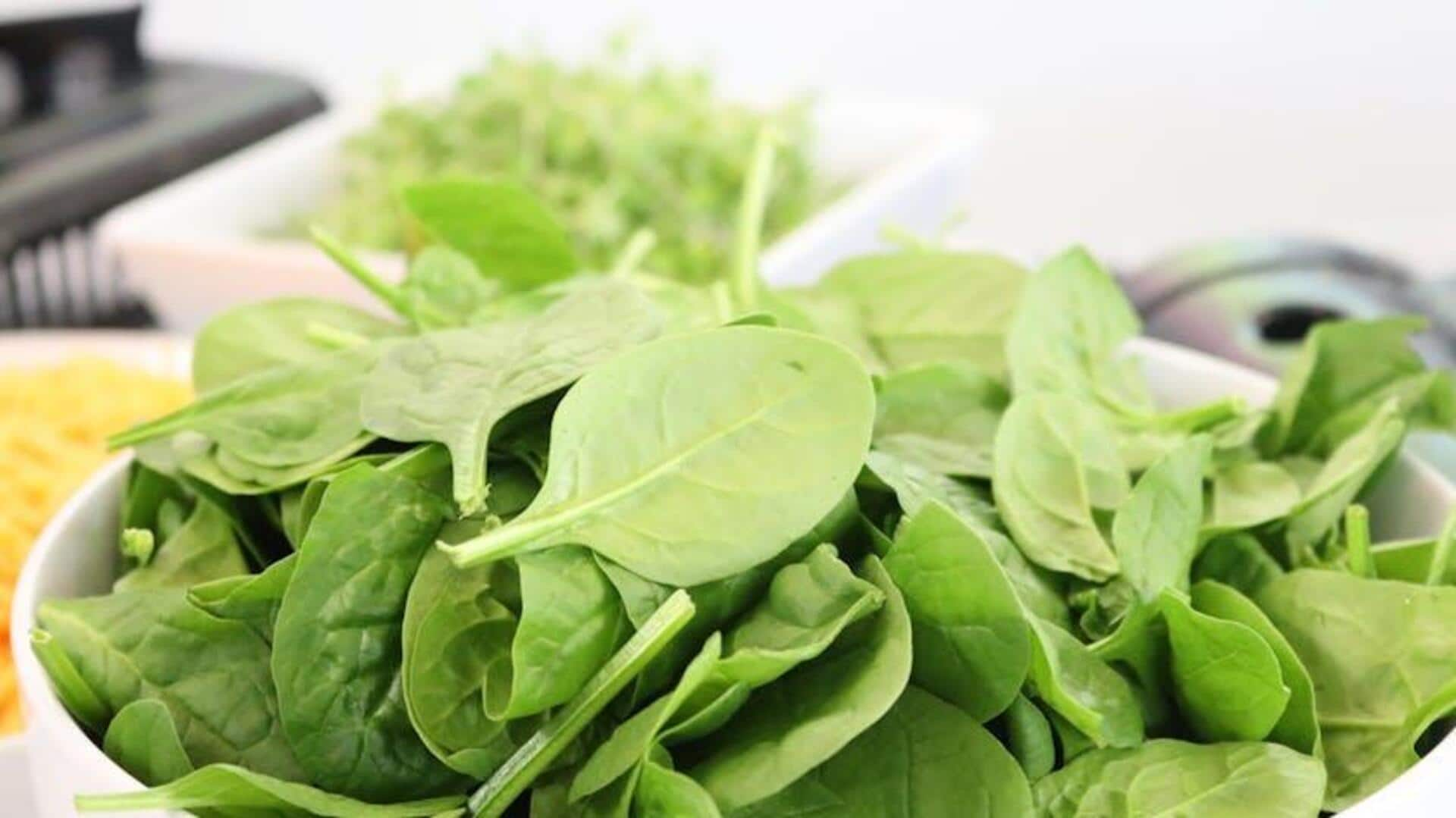
Spinach v/s kale: Which has more iron?
What's the story
Spinach and kale are two of the most popular leafy greens, and are often compared for their nutritional benefits (iron content). Both vegetables are rich in vitamins and minerals, making them an essential part of many diets. Iron is an important mineral that is essential for transporting oxygen throughout the body. Here's how spinach and kale compare when it comes to iron content.
Spinach iron
Spinach's iron content
Spinach is also well-known for its iron content. Raw 100 grams of spinach has around 2.7 milligrams of iron, making up for around 15% of the recommended daily intake for adults. Spinach is an excellent source of non-heme iron, which is plant-based and less readily absorbable than heme iron in animal products. Pairing spinach with vitamin C-rich foods can increase iron absorption.
Kale iron
Kale's iron content
Kale also provides a good amount of iron, albeit slightly less than spinach. A 100-gram serving of raw kale delivers about 1.5 milligrams of iron, fulfilling roughly 8% of the daily requirement for adults. Like spinach, kale has non-heme iron and should be paired with vitamin C-rich foods to boost absorption rates.
Additional nutrients
Nutritional benefits beyond iron
Both spinach and kale provide more than iron; they are loaded with other important nutrients like vitamins A, C, K, calcium, and antioxidants. These nutrients aid in functions such as immune health, bone strength, skin health, etc. While it is important to focus on their iron content, taking their additional nutrients into account can give you a more holistic picture of their health benefits.
Absorption tips
Tips to enhance iron absorption
To absorb maximum non-heme iron from spinach and kale, try adding vitamin C-rich foods into your meals, such as citrus fruits or bell peppers. Cooking methods like steaming or sauteing can also help break down oxalates in these greens that may prevent mineral absorption. By pairing these methods with regular intake of leafy greens like spinach and kale, you can easily increase your intake of this essential mineral.